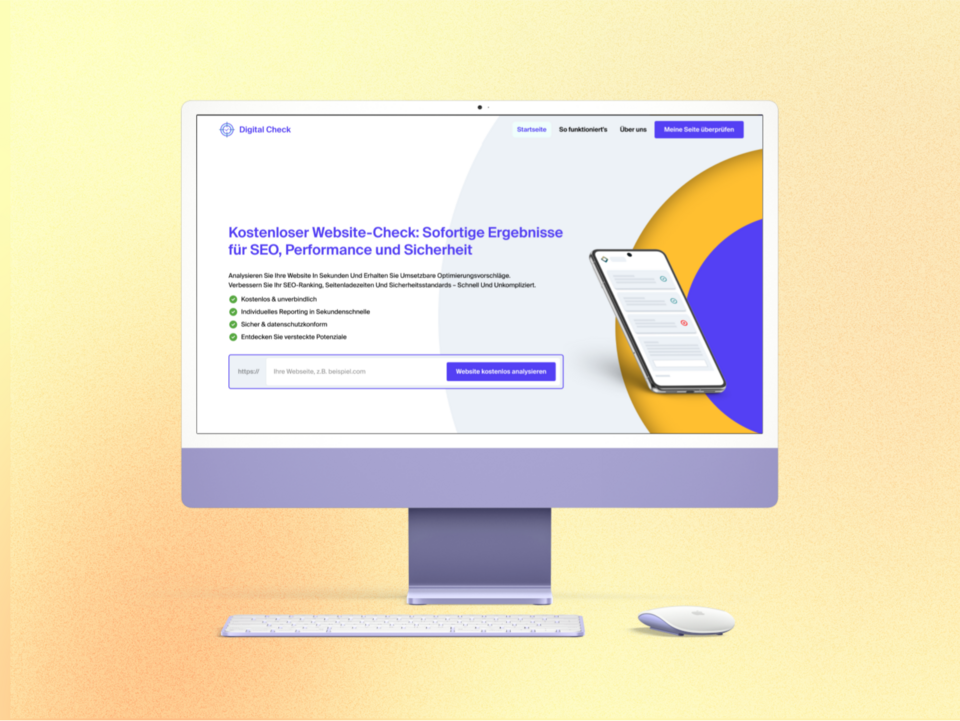Mercure
Make your web applications real-time
Mercure is a real-time event server that makes it easy to add real-time functionality to your web applications. It allows you to publish events to web clients in real-time, enabling seamless updates and improved user experience.
One of the key advantages of Mercure is that it is easy to use and integrate into your workflow. It uses standard HTTP protocols and WebSockets, making it compatible with a wide range of technologies and frameworks. It also has a lightweight and scalable design, making it suitable for use in high-traffic environments.
With Mercure, you can achieve many things that would otherwise be very complicated to build.
Improved user experience: With real-time updates, users can receive timely and relevant information without having to refresh the page or wait for long periods of time. This can lead to a more engaging and interactive user experience.
Enhanced collaboration: Real-time updates enable users to see and respond to changes made by others in real-time, fostering collaboration and improving productivity.
Up-to-date information: By providing real-time updates, web applications can ensure that users always have access to the most current and accurate information.
Increased engagement: Real-time updates can be used to deliver dynamic and interactive content, such as live feeds, polls, and notifications, which can help to keep users engaged and coming back for mo
At Dekkode, we have used Mercure in a variety of projects and have consistently been impressed by its performance and ease of use. Whether you are looking to add real-time updates to a small web application or a large and complex system, Mercure is an excellent choice.

Real-time scenarios
Use Cases
- Collaborative tools: Seamlessly share updates in live editing environments, fostering teamwork and productivity.
- Real-time dashboards: Instantly display changes in metrics for financial markets or IoT systems.
- Live notifications: Ensure timely and relevant updates for user-centric web applications.
- Synchronization: Keep distributed systems perfectly aligned with real-time data streams.
- Long-working processes: Provide real-time feedback for tasks like ingesting or processing large datasets, enabling instant updates while AI model computation or video rendering continues in the background, greatly improving user experience by eliminating the need to wait for the complete process to finish.
Pro
- Lightweight and scalable: Mercure has a lightweight and scalable design, making it suitable for use in high-traffic environments.
- Compatible with a wide range of technologies: Mercure uses standard HTTP protocols and WebSockets, making it compatible with a wide range of technologies and frameworks.
Cons
- Adds complexity to the development environment

